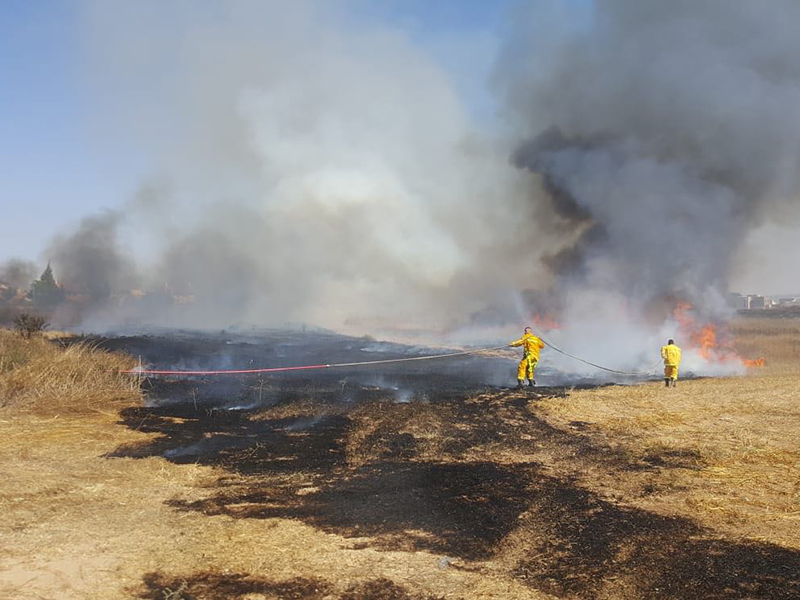If what happens in Vegas stays in Vegas, then Sderot, Israel, is the anti-Vegas. What happens there inevitably find its way to the rest of Israel and, sooner or later, to our front doors, as well.
Sderot is a small town that’s so close to the Gaza border that one could casually stroll over there for coffee, it were safe. But it’s not. Instead, because of its proximity to Gaza, Sderot is literally on the front lines of the endless terror campaign waged by Hamas, Islamic Jihad and others.
Consequently, Sderot’s neighbours have fired thousands of crude but deadly rockets right into this little Israeli town, killing numerous residents, including children.
The “bomb shelter capital of the world” may, however, slowly be losing its status as Gaza’s favourite punching bag. Sure, the rocket attacks continue, but the terrorists designing, building and launching them are getting better – way better. Their rockets now reach a good chunk of southern Israel, where three Israelis were recently killed, one while running for his life to a bomb shelter.
Just as in the rest of the economy, technology is getting better and faster in the terrorism business. Every day, Islamist engineers produce more projectiles with greater reach, better precision and larger payloads. They are getting better at killing.
But if these rockets could only reach Sderot a few years ago, can easily reach Ashkelon today and can reach Tel Aviv on a good day (good for them, that is), then surely the march of technology means that they’ll be able to hit pretty much anywhere before too long – anywhere in the world, that is.
In other words, outlandish as it may seem, Gaza’s terrorists and their allies around the world may inevitably be able to launch their deadly rockets or send their menacing drones all the way to Canada and into our Canadian Jewish community.
READ: SHINEWALD: WELCOME TO THE NEW JEWISH WORLD
Our enemies are not running out of technical innovations – they are struggling to keep up with them. The Silicon Valley saying – that today is the slowest day you will ever experience for the rest of your life – applies as much to your new smartphone as it does to their lethal weaponry.
Indeed, for some time now, conventional forces have been conducting drone-based battles from laptops situated far away from the actual theatre of war. If soldiers can fight this way, surely terrorists can, too.
All this means that soft targets like our Canadian shuls, schools and community institutions could one day be targeted by some kid sitting in his mom’s Gaza Strip bedroom, or maybe even in a Canadian basement. This change will transform not only the targeting of innocents, but terrorist recruitment, as well. It is way easier to kill video-game style than to look your innocent victims in the eyes before murdering them in cold blood.
In response to this challenge, the Israelis created the ingenious Iron Dome, which is succeeding in shooting down many (though, sadly, not all) of these missiles before they hit their targets. But no such protection exists in the Diaspora.
And yet, we just might find ourselves needing it, or something like it. So now is the time to begin a community-wide conversation about how to prevent and handle a deadly remote attack on our Canadian Jewish community. There are no easy answers, but that is the very reason to begin the conversation.
We should also expand that conversation outside our community. We might, for instance, learn from Corrections Canada, which recently unveiled a $6-million pilot program to stop drones from delivering drugs and weapons into Canada’s prison yards.
It’s time to realize that, sooner or later, we all could be living in Sderot.
